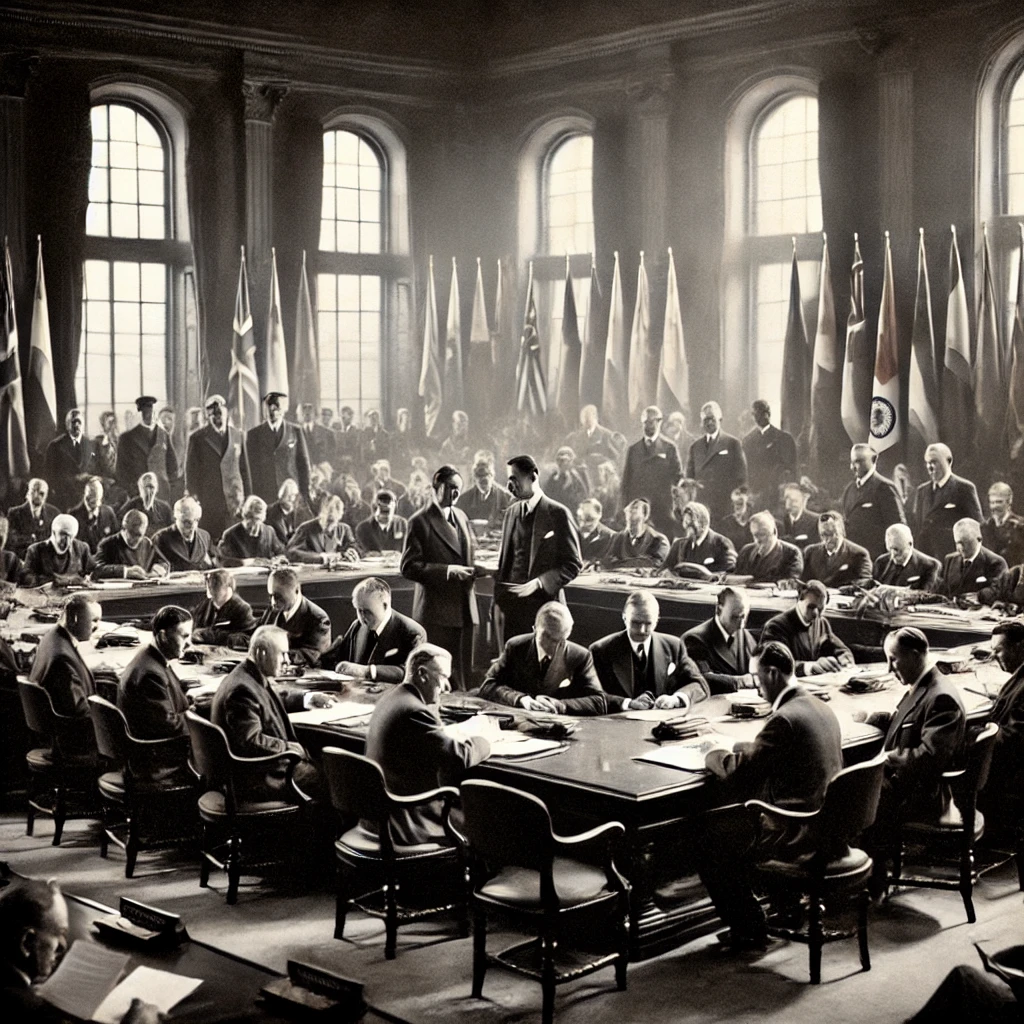The International Monetary Fund (IMF) was established on December 27th, 1945, with the goal of promoting international monetary cooperation and ensuring the stability of the international monetary system. Born out of the economic turmoil of the Great Depression and World War II, the IMF became a cornerstone of a new global financial order, aimed at fostering stability, economic growth, and prosperity among nations.

The Birth of the IMF: A Response to Economic Turmoil
The origins of the IMF can be traced to the Bretton Woods Conference, held in July 1944 in New Hampshire, USA. Delegates from 44 Allied nations convened to address the economic chaos caused by the Great Depression and the Second World War. At the heart of their deliberations was a need for a system that could ensure exchange rate stability, prevent competitive currency devaluations, and facilitate international trade. The result was the creation of the IMF, which formally began operations in December 1945 with 29 member countries signing the Articles of Agreement.
The IMF’s establishment marked a significant turning point in international economic policy. For the first time, countries collectively agreed to a framework for global financial cooperation, ensuring that economies could recover and thrive in a post-war world. It provided a platform for monetary collaboration and a safeguard against policies that had previously led to instability.
IMF’s Role in Shaping Global Economic Stability

From its inception, the IMF has played a critical role in stabilizing economies, providing financial assistance, and advising countries on sound economic policies. The organization helps nations tackle balance-of-payment crises through financial support and policy guidance, enabling them to maintain confidence in their currencies and economies. By offering loans to countries facing economic distress, the IMF has acted as a financial safety net, preventing deeper economic downturns and mitigating the spread of crises across borders.
One of the IMF’s most significant contributions has been promoting economic growth and poverty reduction in developing nations. By encouraging structural reforms, improving fiscal management, and fostering transparent financial systems, the IMF has worked to create environments conducive to economic stability and progress.
The IMF’s Legacy and Its Relevance Today
Over the decades, the IMF has adapted to meet the changing dynamics of the global economy. From navigating the oil shocks of the 1970s and the Asian financial crisis of the 1990s to responding to the global financial crisis of 2008 and the COVID-19 pandemic, the IMF has remained at the forefront of international financial solutions. Its work in supporting sustainable economic development, reducing inequality, and addressing new challenges like climate change highlights its continued relevance in a rapidly evolving world.
Today, with 190 member countries, the IMF serves as a vital institution for global economic cooperation. It fosters dialogue between nations, provides technical assistance, and ensures that the international monetary system remains resilient. As economies face new uncertainties, from geopolitical tensions to environmental risks, the IMF’s role as a stabilizing force remains indispensable.
A Lasting Impact

The establishment of the IMF on December 27th, 1945, stands as a milestone in history—a testament to international collaboration during a time of profound economic challenges. By promoting monetary cooperation, stability, and growth, the IMF has shaped the global financial landscape and continues to play a crucial role in ensuring economic resilience and shared prosperity.
